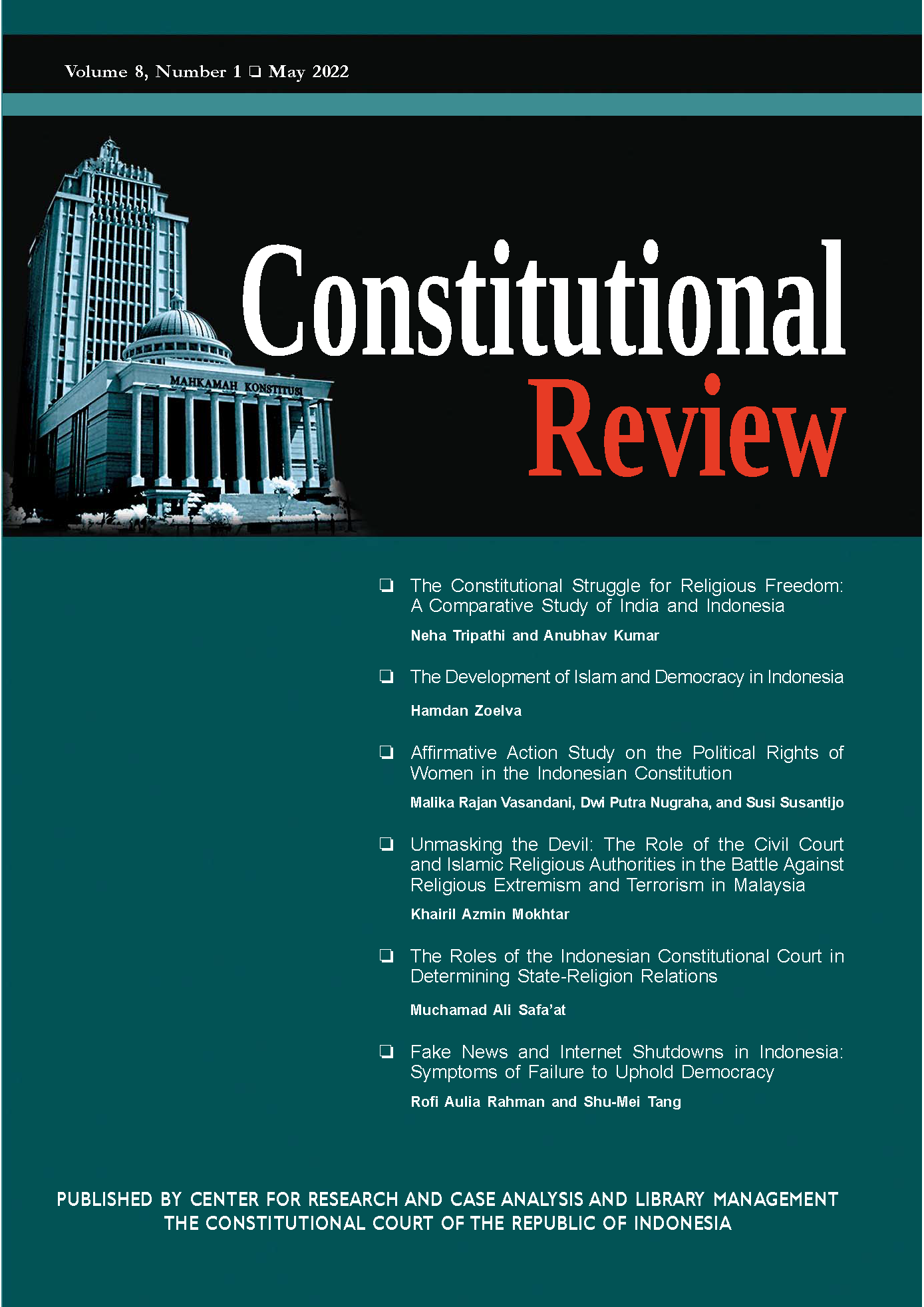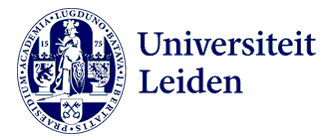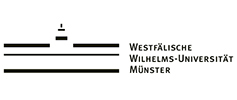Influencing or Intervention? Impact of Constitutional Court Decisions on the Supreme Court in Indonesia
DOI:
https://doi.org/10.31078/consrev823Keywords:
Constitutional Review, Constitutitonal Court Decision, Influencing, Intervening, Supreme CourtAbstract
The third amendment of Indonesia’s 1945 Constitution, conducted in 2001, had significant implications for the nation’s judiciary. It transformed the judiciary from a single to a dual structure. Consequently, there are two apexes of the judiciary: the Supreme Court and the Constitutional Court. Furthermore, the establishment of the Constitutional Court divided judicial review authority between the two apex courts. The Constitutional Court can review laws against the Constitution, while the Supreme Court has the power to review whether regulations, made under laws, contradict such laws. Although the Indonesian Constitution provides explicit delineations over the absolute competence of judicial review, the division of judicial review has often triggered tension between the two courts. The Constitution allows the Supreme Court to have additional authorities granted by laws. On the other hand, the Constitutional Court has the power to review any law against the Constitution, including laws related to the Supreme Court. This article seeks to answer the important question of whether the Constitutional Court could influence or intervene in the Supreme Court through judicial review. The authors argue that the duality of judicial review authority unintentionally causes an imbalance in the functional relationship between the two apexes of the judiciary. The main reason is that the Constitutional Court can influence or intervene in the Supreme Court through constitutional review authority. The authors examine two essential aspects of this: (1) the functional implications of duality of judicial review authority; and (2) the implementation of the Constitutional Court’s authority in reviewing laws, especially those closely related to the Supreme Court’s authorities. Various cases are examined to illustrate how the Constitutional Court could directly or indirectly influence the Supreme Courts’ authorities. The Constitutional Court, however, often seems to ‘play safe’ to maintain the judiciary’s imbalanced relationship caused by the dualism of judicial review authority.
References
Allan, T.R.S. “The Rule of Law as the Rule of Reason: Consent and Constitutionalism.” Law Quarterly Review 115 (1999).
Asy’ari, Syukri, Meyrinda Rahmawaty Hilipito, and Mohammad Mahrus Ali. “Model dan Implementasi Putusan Mahkamah Konstitusi Dalam Pengujian Undang- Undang (Studi Putusan Tahun 2003 – 2012) [Model and Implementation of Constitutional Court’s Review of Law Decision (Case Study Constitutional Court Decision of 2003 – 2012)].” Jurnal Konstitusi 10, no. 4 (2013).
Boies, David. “Judicial Independence and the Rule of Law.” Washington University Journal of Law & Policy 22 (2006).
Casper, Gerhard. “Changing Concepts of Constitutionalism: 18th to 20th Century.” The Supreme Court Review 10 (1989).
Chandranegara, Ibnu Sina. “Defining Judicial Independence and Accountability Post Political Transition.” Constitutional Review 5, no. 2 (2019): 294.
Chilton, Adam S., and Mila Versteeg. “Do Constitutional Rights Make a Difference?” American Journal of Political Science 60, no. 3 (2016).
Cohn, Margit. “Non-Statutory Executive Powers: Assessing Global Constitutionalism in a Structural-Institutional Context.” The International and Comparative Law Quarterly 64, no. 1 (2015).
Constitutional Court Decision No. 16/PUU-VIII/2010 on the Review of Law No. 48 of 2009 on Judicial Power, Law No. 3 of 2009 jo. Law No. 5 of 2004 jo. Law No. 14 of 1985 on the Supreme Court, and Law No. 8 of 1981 on the Criminal Procedure Code (2010).
Constitutional Court Decision No. 23/PUU-V/2007 on the Review of Law No. 5 of 2004 on the Amendment of Law No. 14 of 1985 on the Supreme Court (2008).
Constitutional Court Decision No. 28/PUU-X/2012 on the Review of Law No. 5 of 2004 on the Amendment of Law No. 14 of 1985 on the Supreme Court and Law No. 16 of 2004 on the Attorney General’s Office (2012).
Constitutional Court Decision No. 30/PUU-XIII/2015 on the Review of Law No. 3 of 2009 jo. Law No. 14 of 1985 on the Supreme Court (2016).
Constitutional Court Decision No. 30/PUU-XVI/2018 on the Review of Law No. 7 of 2017 on General Election (2018).
Constitutional Court Decision No. 34/PUU-XI/2013 on the Review of Law No. 8 of 1981 on the Criminal Procedure Code (2013).
Constitutional Court Decision No. 45/PUU-XII/2014 on the Review of Law No. 5 of 2004 on the Amendment of Law No. 14 of 1985 on the Supreme Court (2014).
Constitutional Court Decision No. 56/PUU-VIII/2010 on the Review of Law No. 14 of 1985 on the Supreme Court (2011).
Constitutional Court Decision No. 67/PUU-II/2004 on the Review of Law No. 5 of 2004 jo. Law No. 14 of 1985 on the Supreme Court and Law No. 18 of 2003 on Advocates (2003).
Constitutional Court Decision No. 85/PUU-XVI/2018 on the Review of Law No. 3 of 2009 jo. Law No. 14 of 1985 on the Supreme Court (2019).
Constitutional Court Decision No. 91/PUU-XII/2014 on the Review of Law No. 5 of 2004 on the Amendment of Law No. 14 of 1985 on the Supreme Court Amended by Law No. 3 of 2009 (2015).
Constitutional Court Decision No. 93/PUU-XV/2017 on the Review of Law No. 8 of 2011 on the Amendement of Law No. 24 of 2003 on the Constitutional Court (2018).
Constitutional Court of the Republic of Indonesia. Blueprint of Establishing the Constitutional Court as a Modern and Reliable Constitutional Court Institution. Jakarta: Secretary General and Registrar of the Constitutional Court of the Republic of Indonesia, 2004.
Constitutional Court of the Republic of Indonesia. “Rekapitulasi Perkara Pengujian Undang-Undang [Recapitulation of Constitutional Review Cases].” Constitutional Court of the Republic of Indonesia, 2022. https://www.mkri. id/index.php?page=web.RekapPUU.
Ginsburg, Tom. “Constitutionalism: East Asian Antecedents.” Chicago-Kent Law Review 88, no. 1 (2012).
Helmke, Gretchen, and Frances Rosenbluth. “Regimes and the Rule of Law: Judicial Independence in Comparative Perspective.” Annual Review of Political Science 12 (2009).
Hilbink, Lisa. “Assessing the New Constitutionalism.” Comparative Politics 40, no. 2 (2008).
Hirschl, Ran. “The Political Origins of the New Constitutionalism.” Indiana Journal of Global Legal Studies 11, no. 1 (2004).
Isra, Saldi. “Titik Singgung Wewenang Mahkamah Agung Dengan Mahkamah Konstitusi (Authority Connectivity of Supreme Court and Constitutional Court).” Jurnal Hukum Dan Peradilan 4, no. 1 (2015).
Lagi, Sara. “Hans Kelsen and the Austrian Constitutional Court (1918-1929).” Revista Co-Herencia 9, no. 16 (2012).
Law No. 14 of 1970 on Basic Provisions of the Judiciary (1970).
Law No. 24 of 2003 on the Constitutional Court (2003).
Law No. 3 of 2009 on the Second Amendment of Law No. 14 of 1985 on the Supreme Court (2009).
Law No. 8 of 2011 on the Amendment of Law No. 24 of 2003 on the Constitutional Court (2011).
McIlwain, Charles Howard. Constitutionalism: Ancient and Modern. New York: Cornell University Press, 1947.
McWhinney, Edward. Supreme Courts and Judicial Law-Making: Constitutional Tribunals and Constitutional Review. Dordecht: Martinus Nijhoff, 1986.
Palguna, I Dewa Gede. “Constitutional Question: Latar Belakang Dan Praktik Di Negara Lain Serta Kemungkinan Penerapannya Di Indonesia [Constitutional Question: Background and Its Practices in Other Countries and the Opportunity to Adopt in Indonesia].” Jurnal Hukum Ius Quia Iustum 17, no. 1 (2010).
Smith, Rogers M. “Constitutionalism and the Rule of Law: Considering the Case for Antecedents.” Chicago-Kent Law Review 88, no. 1 (2012).
State Secretariat of the Republic of Indonesia. Compilation of Minutes of Sessions of the Investigating Committee for Preparatory Work for Independence (BPUPKI) and the Preparatory Committee for Indonesian Independence (PPKI) in Connection with the Preparation of the 1945 Constitution. State Secretariat of the Republic of Indonesia, n.d.
Supreme Court Decision No. 65 P/HUM/2018 on Review of KPU Regulation No. 26 of 2018 on Second Amendment of KPU Regulation No. 14 of 2018 on the Individual Nomination for DPD Election (2018).
Supreme Court of the Republic of Indonesia. Circular Letter of the Supreme Court of the Republic of Indonesia No. 7 of 2014 on Submission for the Reconsideration (2014).
Vyas, Yash. “The Independence of the Judiciary: A Third World Perspective.” Third World Legal Studies 11, no. 1 (1992).
Watson, Geoffrey R. “Constitutionalism, Judicial Review, and the World Court.” Harvard International Law Journal 34, no. I (1993).
































































